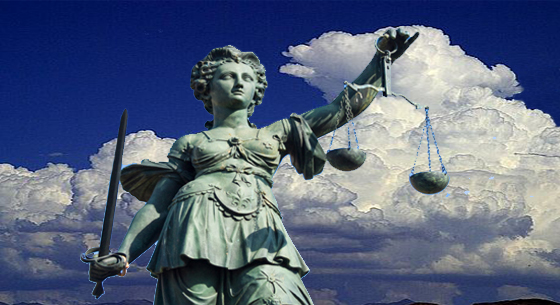Basic Information
Now your charged, what's next?
Is my first court appearance for trial?
The trial is not held on your first court appearance. Often you will have to make several appearances before getting to trial. If you are not released by police, the first court appearance will be for a bail hearing. The first appearance if you are out of custody, or the second if you have had a bail hearing, is to set a date for trial.
However, you might not set a trial date on the first "set date" as you may require time to retain counsel or apply for Legal Aid. In addition, you will want to obtain disclosure prior to setting a trial date. Disclosure affects your decision on whether to plead guilty or not guilty. Disclosure generally must be completed before you can determine what defences can be raised at trial, what witnesses will be needed and the time required for trial.
Appearance?
If through an error, the charging document (information) is not in court, the Crown may have to take additional steps to have you appear in court on a later date. If it fails to do so within three months, the charge may be dismissed for want of prosecution. Unless you are paying attention to spot the problem, the Crown may find a way to sidestep it.
Prosecution by summary conviction is for less serious offences. Some very minor offences can be prosecuted only by summary conviction; the most serious offences, only by indictment. Many offences, however, including impaired driving, assault and theft under $5,000, are "hybrids" and can be prosecuted either way. (For more differences between summary conviction and indictable offences, see offence classification.)
In a summary conviction prosecution, someone can appear in court for you, such as a paralegal, can appear as your agent. A corporate accused must appear by counsel or agent. At trial, however, you generally must appear in person. However, the court can require you to appear even for a set-date appearance on a summary conviction matter.
If you are charged with a hybrid offence, it is considered indictable until the Crown decides how it will prosecute you. If the charge is indictable, you must personally attend court. The court may issue a discretionary bench warrant, designed to ensure your subsequent appearance, this is an arrest warrant that will not be executed unless you fail to attend on the next court date, or if it's extended, on a later one.
Fingerprinting
Following your arrest for an indictable offence, police will fingerprint and photograph you. These records are added to the Canadian Police Information Centre (CPIC), a data-base maintained by the RCMP. If you are not found guilty of the offence, you can apply to have these records destroyed.
Pre-trials
In many jurisdictions, your case must be "pretried" before a trial date is set. A pretrial may be held between you and Crown counsel (Crown pretrial) or by both yourself, the Crown lawyer and a judge (judicial pretrial). A pretrial is often used for plea negotiations. It is also used to canvass disclosure issues, narrow trial issues and to assess the time that will be required for trial.























